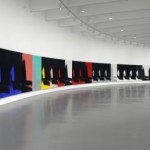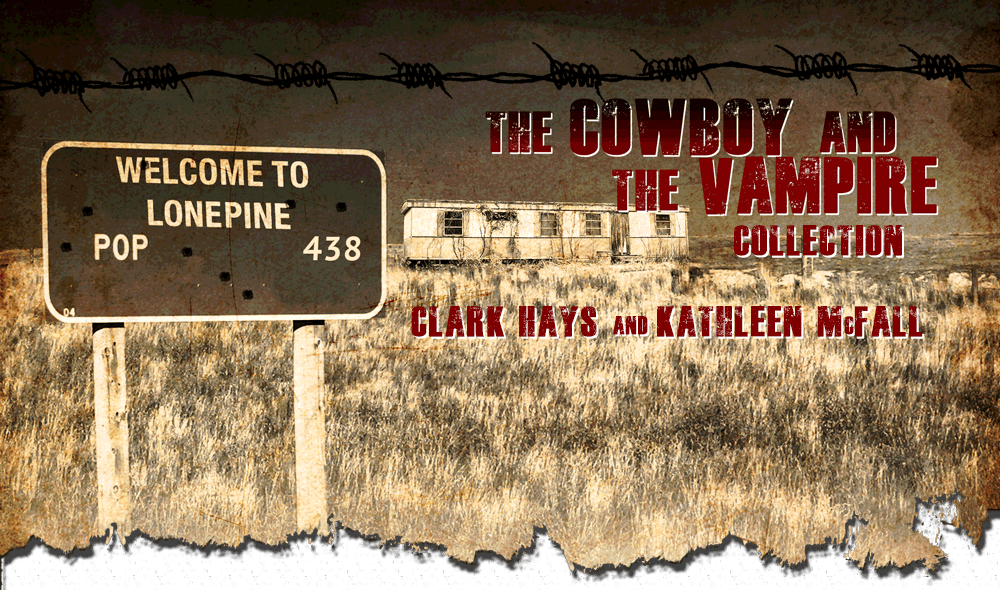Home > Soapbox > Andy Warhol saved my vision
Andy Warhol saved my vision
A detached retina put a serious crimp in my writing and reading.
 On a recent trip to Washington, DC, with Kathleen (her home town) for a family event, we took in a Warhol exhibit at the Hirshhorn. Called Shadows, it featured 102 silk screen prints of exactly the same scene — a shadowy view from inside Warhol’s studio — in different colors. Each print was about three feet by four feet and displayed in a long, continuous line around the distinctive curved walls of the Hirshhorn.
On a recent trip to Washington, DC, with Kathleen (her home town) for a family event, we took in a Warhol exhibit at the Hirshhorn. Called Shadows, it featured 102 silk screen prints of exactly the same scene — a shadowy view from inside Warhol’s studio — in different colors. Each print was about three feet by four feet and displayed in a long, continuous line around the distinctive curved walls of the Hirshhorn.
As it turned out, the exhibit was a perfect vision test.
I’d been having vision trouble for several months — extremely tired eyes, a constellation of floaters, sparkling lights and odd, flickering motion — but wrote it off as eyestrain. I work in communications for a financial services company which means I spend a lot of time parked in front of a computer and I had just finished cranking through quarterly earnings. Compounding that, Kathleen and I had recently finished a blog tour in support of our book, The Cowboy and the Vampire, and we were hard at work on the final draft of the sequel, Blood and Whiskey. As a result, we had both spent an inordinate amount of time in front of our computers. I chalked up the symptoms as eyestrain.
It wasn’t. It was a torn retina that was gradually getting worse. Even though Kathleen had been insisting I get it checked out, I kept putting it off. Until I visited the Warhol exhibit.
Standing in front of the equally-sized prints, I could see 25 prints stretching away to the right; on the left side, I could only see 17. It was clear something was significantly wrong with my peripheral vision.
I made an appointment as soon as we got back from DC still expecting to hear “use these eye drops and spend a little less time on the computer.” Instead I heard “you’ll be having emergency surgery tomorrow.” The doctor was worried that waiting until after the long weekend would risk permanent vision loss in my right eye. For a writer and avid reader, the thought of losing my sight was frightening.
At 11 a.m. the next morning, with a squeeze of my hand from Kathleen and a cheerful nod from an avuncular and talented anesthesiologist, I slipped off to sleep and woke up with a silicon fan belt around my eye. Thank you, Dr. Lo.
The surgery went well. Most of my peripheral vision returned to pre-detached levels, but the recovery was long, painful and irritating. For the first few days, it felt like I’d been hit in the eye with a flaming arrow. Not only was the right eye mostly out of commission, part of the treatment included injecting a gas bubble into the damaged eye to speed healing. That meant two weeks of looking at the world through the most boring kaleidoscope ever — it was all a blurry haze with a blob of ink at the end.
Naturally, the whole process put a serious crimp in my writing … and my reading. Obviously, my contributions to the editing process for Blood and Whiskey were put on hold. Thankfully, Kathleen picked up the slack. Almost as bad, I couldn’t read; I still can’t and that was truly torture. Copies of the New Yorker, Mental Floss and Psychology Today are still piling up. I had just started The Egyptian, was planning to reread Cruelty: Human Evil and the Human Brain, and got The Secret History of M16 for Christmas. And I still want to tackle Porius, my albatross. Instead, I watched a lot of movies, with one eye, and always only on my right side.
I’m on the upside of the recovery process now, and I realized a couple of things. First, the eyes are very important, so treat them well. If you have any trouble, get it checked out. I love to read, and love to write, and while I know both can be done with one eye (I told myself that Snake Plissken saved the president with just one eye) it’s a lot easier with two.
The other thing I realized is that, Andy Warhol, wherever you are, I owe you one.
